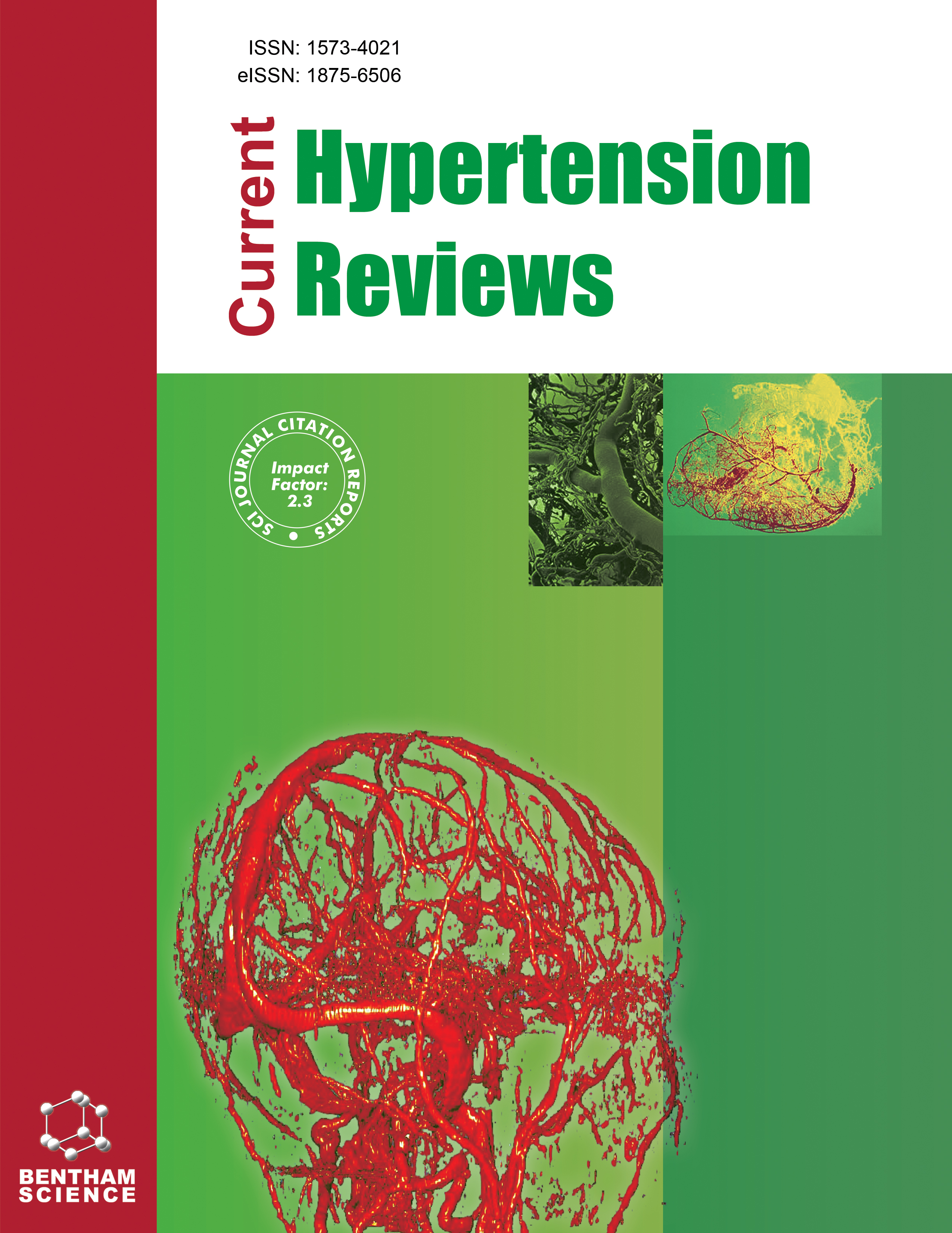-
s Renovascular Hypertension: Novel Insights
- Source: Current Hypertension Reviews, Volume 16, Issue 1, Apr 2020, p. 24 - 29
-
- 01 Apr 2020
Abstract
Renovascular hypertension (RVH) remains among the most prevalent and important, but also potentially reversible, causes of secondary hypertension. The predominant causes of renal artery stenosis (RAS) are atherosclerotic renovascular arterial stenosis (ARAS) and renal fibromuscular dysplasia. This condition can lead to progressive renal injury, cardiovascular complications and ‘flash pulmonary edema’. Duplex Doppler ultrasonography, computed tomographic angiography and magnetic resonance angiography are the most commonly used diagnostic methods. There are three therapeutic options available: medical therapy including renin-angiotensin-aldosterone system antagonists, lipid-lowering agents, and antiplatelet therapy, percutaneous angioplasty with or without stent placement and surgical revascularization. Three large trials failed to demonstrate the superiority of renal artery revascularization over pharmaceutical therapy in controlling blood pressure and preserving renal function. For this reason, today revascularization is only recommended for patients with progressive worsening of renal function, recurrent ‘flash pulmonary edema’ and rapid increase in antihypertensive requirement in patients with previously well-controlled hypertension. However, more properly designed trials are needed in order to identify which patient populations would probably benefit from renal revascularization.


